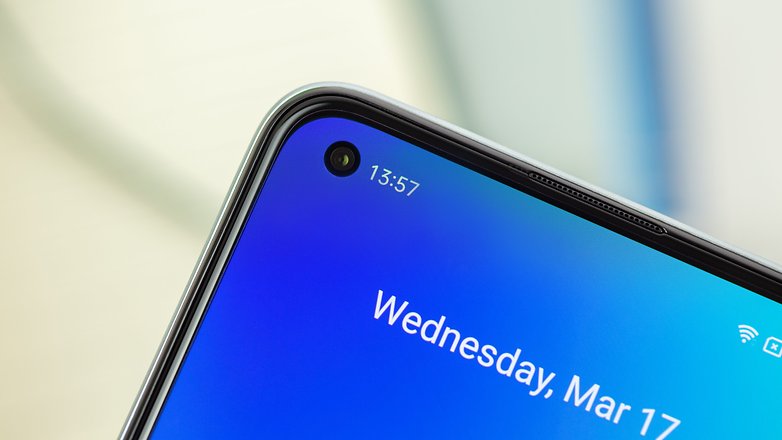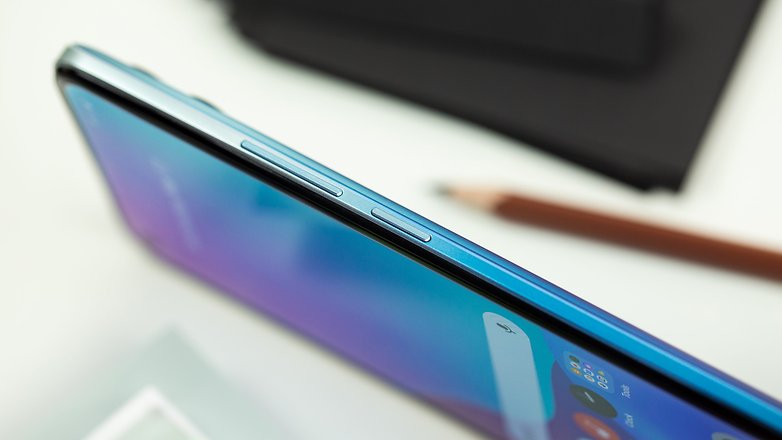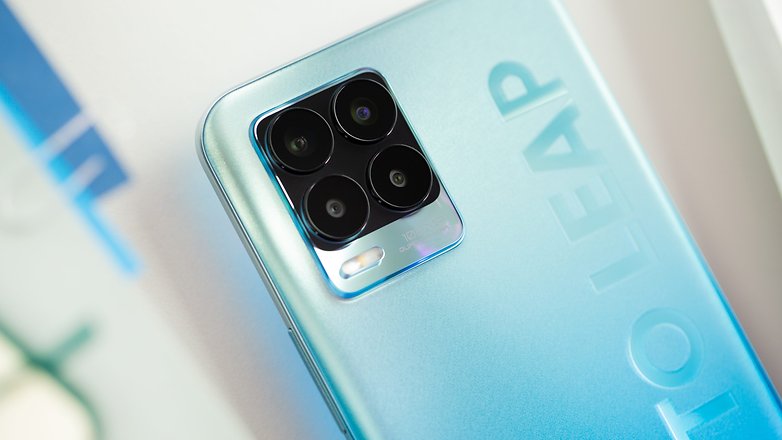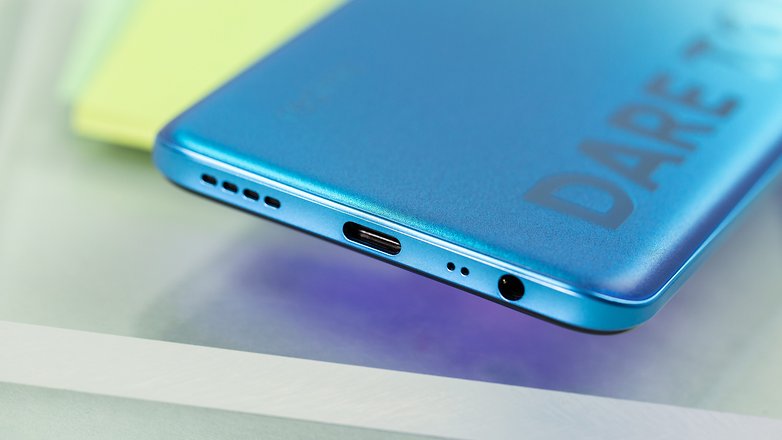The Realme 8 Pro is the newest smartphone from the Chinese brand and has arrived in the market merely six months after the Realme 7 Pro's announcement. The main highlight of the phone is the the108-megapixel camera and support for 50W SuperDart charging. The phone was launched in Europe and Asia on Wednesday, 24 March 2021, along with its sibling – the Realme 8. Check out our initial impressions of the phone.
Who is Realme 8 Pro for?
There is no denying that Realme intends to target young people with the Realme 8 series. The company aims to offer a combination of good design, great performance and user experience with these phones. Although I'm not exactly part of Realme's target demographics, it is under this view that I wrote my impressions about the Realme 8 Pro.
Realme also clearly intends the Realme 8 series to go up against other com[eting handsets from brands like Samsung and Xiaomi who have several offerings in this price bracket.

Realme's rather short launch cycle does come with its own share of advantages and pitfalls. While on one hand, a move from one generation to the next does not come with significant changes in terms of design and software, it also allows the company to fix issues that it faced in the last generation, and therefore, present the users a much-improved product. And this is noticeable when I picked up the Realme 8 Pro. While one side of the smartphone had strong similarities with the previous generation, there are also other areas where the phone has a considerable advance over the Realme 7 Pro.
Design and Build
The Realme 8 Pro isn't too different to look at when compared to its predecessor. The main differences between the two are mostly at the rear with the new model boasting a bolder, more eye-catching design. The variant we received for review gets an attractive colour gradient, in addition to offering a nice texture to the touch. I also noticed that the phone was quite good at resisting fingerprint smudges.

The large 'Dare to Leap' text on the rear panel is unmissable and is a questionable design decision. Another important change on the back is the highlight given to the quad-camera module, with a metallic finish on the edges, and large circles in relief highlighting the location of the four lenses. The lenses are housed inside large circles – a move to make them look larger than they actually are. The camera bump is quite significant - and the silicone case that Realme provide with the phone does a good job at keeping the sides of the lenses protected.
And in case you were wondering, these are the things are included inside the Realme 8 Pro's box: SIM ejector, USB-C to USB-A cable, and the 65W SuperDart charger.
Super AMOLED screen
The display of the Realme 8 Pro is an AMOLED panel with a resolution of 2400 x 1080 pixels. Unlike its chief competitor – the Redmi Note 10 Pro, this one only supports the standard 60Hz refresh rate. This display offers a good level of contrast and decent colour reproduction, with the traditional adjustments for colour temperature and calibration settings to favour brightness level or colour gamut.

The adoption of a Super AMOLED panel also means that Realme was able to strap on an in-display fingerprint scanner underneath the display. While not as fast as 'normal' fingerprint sensors, this under-display scanner was quite fast and was largely error-free during my usage.
Performance and Realme UI
The Realme 8 Pro comes powered by the Qualcomm Snapdragon 720G processor. My initial impressions have largely been positive with the phone offering me good performance overall. The Snapdragon 720G has similar specifications to the Snapdragon 730 and 730G, with two high-performance ARM Cortex-A76 cores at up to 2.3 GHz, six high-efficiency ARM Cortex-A55 cores at up to 1.8 GHz, and the Adreno 618 GPU.
Realme 8 Pro Benchmarks
| Realme 8 Pro (720G) | Realme 7 Pro (720G) | OnePlus Nord (765G) | |
|---|---|---|---|
| 3D Mark Sling Shot Extreme ES 3.1 | 2.585 | 2.523 | 3.219 |
| 3D Mark Sling Shot Extreme Vulkan | 2.443 | 2.368 | 3.002 |
| 3D Mark Sling Shot ES 3.0 | 3.671 | 3.551 | 4.425 |
| Geekbench 5 (single/multi) | 568 / 1.685 | 575 / 1.784 | 605 / 1.936 |
| PassMark RAM | 19.799 | 20.637 | 21.799 |
| PassMark storage | 38.683 | 42.774 | 64.489 |
It's worth noting that during testing, the Realme 8 Pro showed no signs of overheating, nor any major variations between each round of benchmarks.
Realme UI 2.0
Since this was the first time I was using Realme's updated UI, I do not have a good basis for comparison with previous models from the company. However, I found that the software was zippy and that navigation through the menus was fluid, within the limitations of the 60 Hz refresh rate on the screen.
The Realme skin offers a minimalist look, with the expected customization offered by Realme. One feature I quite liked was called Game Space which promises to optimize gaming performance, as well as reduce distractions from on-screen notifications and provide quick access to screenshots and video recording.
Interestingly, the Realme UI 2.0 does not hide the legacy of Oppo and Color with a screen identifying the system as ColorOS 11 in the "Version" menu, but this is just a detail that should only interest those who follow the family tree of manufacturers.
108-megapixel camera

The biggest highlight of the Realme 8 Pro is probably its camera, at least on paper. The phone uses the Samsung ISOCELL HM2 as its main sensor with a resolution of 108 megapixels and has already been used on other phones like the Redmi K40+ Pro, and the recently announced Redmi Note 10 Pro.
While I did not have time yet to do a full evaluation of the camera, it's important to remember that this is not the same HM3 sensor adopted in the Galaxy S21 Ultra or the HMX used in Xiaomi's flagships. While the sensors of these top models measure 1/1.33", the HM2 occupies a smaller area, with 1/1.52", resulting in a smaller pixel size (0.7 against 0.8 μm) and consequently a lower sensitivity for light capture. But then, that is not something to complain about considering the pricing of the phone. My first impressions of the camera have been good. Take a look at photos captured from the phone in the gallery below
Battery and SuperDart already familiar
The Realme 8 Pro gets a 4,500 mAh battery and a 65 W SuperDart charger included in the package. It is to be noted that the phone only supports 50W fast charging.

As a teaser, my preliminary tests mirrored the observations made in the Realme 7 Pro review. With the battery zeroed out, 5 minutes plugged in was enough for a 15% charge, and at 20 minutes, the Realme 8 Pro was already at 50%, all without showing unusual heat.
First Impressions
My first contact with the Realme 8 Pro has largely left me with a positive impression of the phone. I liked the rather high-quality finish and I liked the flashy colours on the rear panel. I was also impressed with the performance of the phone - although there is no improvement on this front when compared to its predecessor. I will evaluate how good the phone performs in other areas like battery life and camera quality. Also expect a detailed look at Realme UI 2.0.
Read More Open link https://ift.tt/3tMBCnV

0 Response to "Realme 8 Pro Hands-on: How good is the Realme 7 Pro successor?"
Posting Komentar